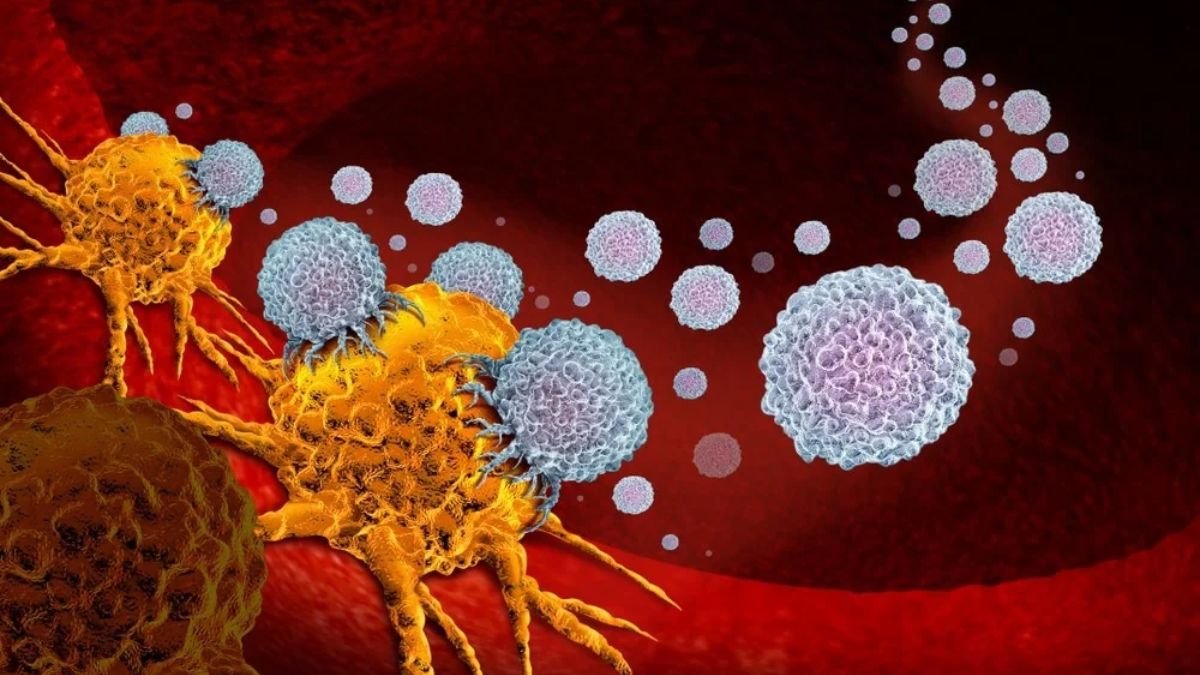Cancer, a word that can completely change anyone’s life, remains one of the deadliest diseases in the world today. However, advancements in science and technology have completely transformed the way this disease is treated. In recent years, nanotechnology has brought about a revolutionary change in the world of Cancer Therapy treatment.
Nanotechnology refers to the use of extremely small particles at the nanometer level (1 nanometer = one billionth of a meter). These tiny particles can enter the body, identify cancer cells, target them, and deliver medication only to those cells, thereby reducing side effects and making the treatment more effective.
In this article, we will not only understand the scientific aspects of nanotechnology but also learn about the real stories of patients who have received a new lease on life through this new technology.
How has Nanotechnology changed Cancer Treatment?
Traditional cancer treatments—such as chemotherapy and radiation—often damage healthy cells as well. Patients often experience side effects such as nausea, hair loss, fatigue, and a weakened immune system.
But in nanotechnology-based cancer therapy, the drug is delivered to the body in the form of nanoparticles. These nanoparticles are designed to identify and attack only cancer cells.
For example, some liposomal nanodrugs package the drug in a nano-capsule and release it only in the tumor area. This protects healthy cells and allows the patient to recover faster.
How does Nanotechnology Treatment Work?
Nanotechnology works like “micro-robots” inside the body. These nanoparticles are designed to recognize the membranes of cancer cells. Once they reach the correct cell, they release the drug, which destroys only those cells.
Key Advantages:
- Targeted Therapy – Targeting only cancer cells.
- Controlled Drug Release – Releasing the drug slowly and in precise amounts.
- Fewer Side Effects – Healthy cells remain unharmed.
- Faster Recovery – Patients return to normal life more quickly.
Limitations and Challenges of Nanotherapy
Although this technology is highly advanced, there are still some challenges:
- High cost: Nano-medicines are more expensive than traditional treatments.
- Availability: This treatment is not available in every country or region.
- Research phase: Many nanotherapies are still in clinical trials.
- Long-term effects: The long-term effects of these nanoparticles on the body are not yet fully understood.
Nevertheless, it would not be wrong to say that nanotechnology is shaping the future of cancer treatment.
Future Possibilities
In the future, “smart nanodrugs” are being developed by combining nanotechnology and Artificial Intelligence (AI). These drugs will be able to identify the condition within the body and react accordingly.
In addition, work is also being done on personalized nanomedicine – that is, a medicine will be prepared for each individual according to their genes and physical structure.
Conclusion
Nanotechnology is no longer limited to the laboratory. It is changing the lives of patients. People who previously considered cancer to be the “end” are now finding a “new beginning” through this technology.
The stories of Sara, Rajesh, and Emily are proof that science is not just about machines, but also about hope. In the coming years, nanotechnology-based cancer therapy may become the greatest medical achievement in the history of humanity.
